NASA Funds 5 Experiments Ahead of 2024’s Total Solar Eclipse
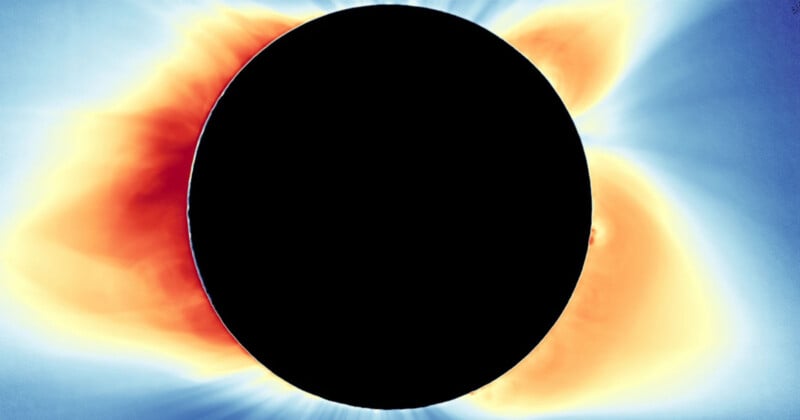
The total solar eclipse that will shroud areas from Texas to Maine in darkness next April will be the last time to catch such an event in the contiguous U.S. until 2044. NASA wants to ensure that researchers are prepared to perform experiments during the event, and has announced funding for five interdisciplinary science experiments.
As seen on Space.com, the five funded projects are very diverse and will utilize wide-ranging instruments.
“The projects, which are led by researchers at different academic institutions, will study the Sun and its influence on Earth with a variety of instruments, including cameras aboard high-altitude research planes, ham radios, and more. Two of the projects also encourage participation from citizen scientists,” writes NASA.
During total solar eclipses, the Moon completely blocks the face of the Sun, which provides a rare opportunity to clearly see the Sun’s outer atmosphere, the corona.
“Scientists have long used solar eclipses to make scientific discoveries,” says Kelly Korreck, program scientist at NASA Headquarters. “They have helped us make the first detection of helium, have given us evidence for the theory of general relativity, and allowed us to better understand the Sun’s influence on Earth’s upper atmosphere.”
High-Altitude Research Planes to Chase the Eclipse
One of the selected projects will use NASA’s WB-57 high-altitude research aircraft to capture eclipse images from 50,000 feet above Earth’s surface. Since the images will be shot from above much of the Earth’s atmosphere, the team hopes to uncover new details about the middle and lower corona.
The aircraft will be equipped with high-speed, high-resolution cameras that capture images in visible light and infrared wavelengths. The photos may also shed light on a dust ring surrounding the Sun and help researchers locate asteroids near the Sun.
The project is led by Amir Caspi at the Southwest Research Institute in Boulder, Colorado. Caspi led a similar successful project during the 2017 solar eclipse, although the new iteration features improved camera technology.
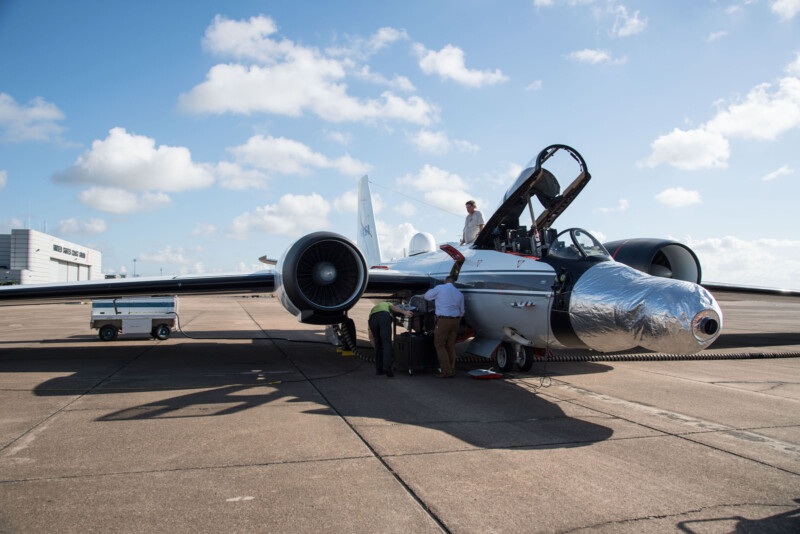
NASA’s WB-57s Will Fly More Cameras During the Eclipse
Another project, led by Shadia Habbal at the University of Hawaii, will use NASA WB-57 aircraft to fly cameras and spectrometers, instruments designed to study light composition, along the eclipse’s path.
The cameras and spectrometers will be used to study the composition of the corona and investigate “large bursts of solar material.”
“The team hopes these observations will provide new insights into structures in the corona and the sources of the constant stream of particles emitted by the Sun, the solar wind,” NASA explains.
Amateur Radio Astronomers to Host a ‘Listening Party’
Solar energy ionizes high regions of the Earth’s atmosphere. The area, aptly called the ionosphere, is useful for helping radio transmissions travel over great distances. Amateur radio operators frequently use the ionosphere. However, during a total solar eclipse, the ionosphere “can change dramatically, affecting those communications.”
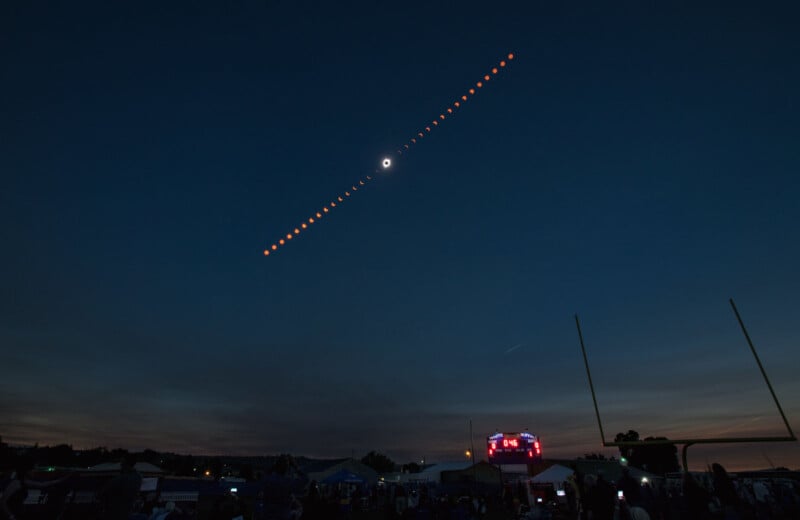
Nathan Frissell of The University of Scranton is organizing an event for amateur radio operators to try to contact people in as many locations as possible, including places they usually could not reach.
“The radio operators will record how strong their signals are and how far they go to observe how the ionosphere changes during the eclipses. Similar experiments in the past have shown that changes in the ionosphere’s electron content due to solar eclipses have significant impacts on how radio waves travel,” writes NASA.
Solar Radiation and the Upper Atmosphere
Bharat Kunduri of the Virginia Polytechnic Institute and State University will utilize a trio of Super Dual Auroral Radar Network monitors to study the ionosphere during the eclipse. Kunduri’s team will compare its results against computer simulations to learn more about how an eclipse affects the ionosphere.
‘Hot Spots’ and the Sun’s Magnetic Forces
NASA’s Jet Propulsion Laboratory (JPL) scientist Thangasamy Velusamy will work with educators at the Lewis Center for Education Research in Southern California and Solar Patrol citizen scientists to observe solar “active regions.” These regions are “magnetically complex” and form over sunspots as the Moon moves over them.
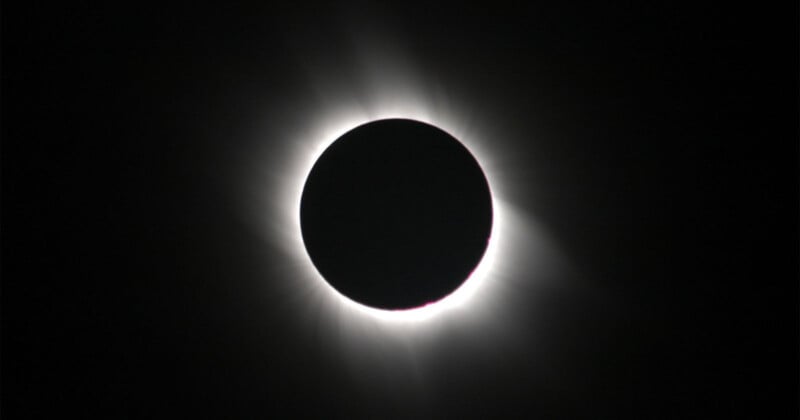
“The Moon’s gradual passage across the Sun blocks different portions of the active region at different times, allowing scientists to distinguish light signals coming from one portion versus another. The team will use the 34-meter Goldstone Apple Valley Radio Telescope (GAVRT) to measure subtle changes to the radio emissions from active regions during both the 2023 annular and 2024 total eclipses. The technique, first used during the May 2012 annular eclipses, revealed details on the Sun the telescope couldn’t otherwise detect,” NASA explains.
The 2024 Total Solar Eclipse Will Enhance Human Understanding of the Relationship Between the Earth and the Sun
“We’re excited to see what these new experiments will uncover about our Sun and its impact on Earth,” says Peg Luce, acting director of the Heliophysics Division in the Science Mission Directorate at NASA Headquarters in Washington, D.C.
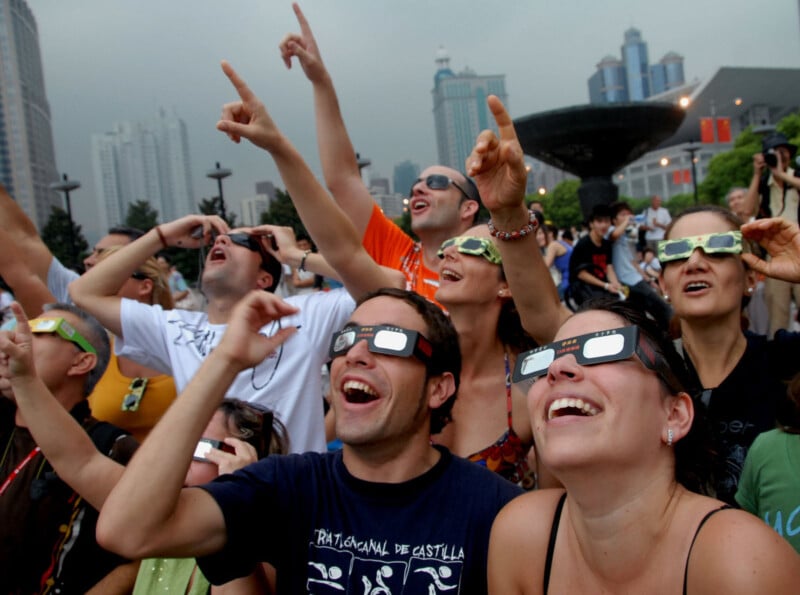
It is never too early to begin planning for what will be a spectacular solar eclipse. AccuWeather has prepared a helpful guide to aid photographers in locating the best places to view next year’s eclipse. The path of totality runs northeast from Texas through Maine.